 The Cartoonists Club
The Cartoonists Club
Creators: Raina Telgemeier and Scott McCloud
Colorist: Beniam C. Hollman
Publisher: Scholastic – Graphix
Publication Date: April 2025
Blank pages speak volumes! In The Cartoonist Club (Graphix), the captivating graphic novel collaboration between Raina Telgemeier and Scott McCloud, there’s a passage early in the book where young writer Makayla stares down an empty sheet—not stuck for ideas, but overwhelmed by too many. The tension between her imagination and the pulsating need to put ideas to paper is palpable, capturing a struggle familiar to anyone who has ever created or longed to create. This moment isn’t just relatable; it encapsulates what makes the book extraordinary. More than a story about making comics, even this early scene offers a glimpse into the masterclass in creative partnership and artistic liberation that unfolds panel by panel, page by page.
To call The Cartoonist Club one of the defining comics of our time is no overstatement. And no, it’s not just the McCloud pedigree. Nor is it simply Raina Telgemeier’s status as perhaps the most influential cartoonist of her generation—though both lend undeniable weight. What sets this book apart is its ability to bridge theory and practice with a revolutionary and utterly natural clarity. As essential as Understanding Comics, yet more immediate in its impact, The Cartoonist Club doesn’t merely analyze the power of sequential art—it hands young readers the tools to harness it themselves.
The Cartoonist Club follows a group of students who gather in the school library after class, sketchbooks open, ideas swirling—what begins as a casual cartooning club soon becomes more profound. At its heart are Makayla, whose love of fantasy fuels a constant stream of ideas she struggles to translate onto paper, and Howard, a skilled artist who can’t seem to generate original stories independently. Their creative struggles lead them to pass notes in class, sparking something bigger than they anticipated. They are soon joined by Lynda, a shy perfectionist who dedicates herself to drawing but is nervous to share, and Art, a craft-loving nonbinary student who bounces between projects with boundless creative enthusiasm.
Ms. Fatima, their kind and deeply supportive school librarian, engenders more than just a space for creativity—she fosters an environment where our intrepid students feel empowered to break free from rigid expectations. With her thoughtful and almost metaphysical mentorship, she helps them uncover invaluable lessons about storytelling, artistic technique, and—perhaps most importantly—the freedom to embrace their own creative processes. Her guidance transforms the club into a place where self-doubt dissolves, allowing artistic discovery.
The genius of The Cartoonist Club lies in its perfect balance. The narrative never feels didactic, despite being packed with insights about composition, pacing, character development, and the business of comics. Instead, these lessons emerge organically through the characters’ artistic breakthroughs and setbacks. When Lynda gets stuck obsessing over minute details in her work, we experience her frustration and eventual breakthrough. When Howard struggles with his father’s disapproval of comics as a worthwhile pursuit—embodying the all-too-familiar dismissal of comics as “not real books”—we confront the very real external pressures many young artists face.
Howard’s father becomes the personification of that tired belief that comics are somehow lesser than books. His disapproval is a striking example of the kind of discouragement that can stifle young artists before they even begin. Yet, rather than turning him into a one-dimensional antagonist, Telgemeier and McCloud gradually peel back the layers of his skepticism, showing that even the most stubborn perspectives can shift when exposed to genuine passion and creativity.
Telgemeier brings her signature emotional intelligence and accessibility to the collaboration. Her character work particularly captures the nuanced relationships between the club members—how their individual insecurities challenge and ultimately strengthen their creative bonds. Nobody captures the simultaneous vulnerability and triumph of growth quite like Telgemeier, and here, she expertly depicts the emotional journey of young artists finding their voices.
Meanwhile, McCloud’s influence is evident in the book’s meta-commentary and visual exploration of comics theory. Several sequences cleverly break down complex concepts from Understanding Comics into digestible, engaging lessons without ever talking down to the reader. What could have been dry exposition becomes dynamic storytelling as the club members discover and experiment with different aspects of sequential art.
Compositionally, The Cartoonist Club achieves something remarkable—a seamless alchemy between two distinctive artistic voices that could have clashed but, instead, elevate each other. Telgemeier’s signature warmth radiates through characters whose emotions practically leap off the page; their rounded forms and expressive faces invite immediate emotional connection, making even the most hesitant reader feel welcome. Meanwhile, McCloud’s conceptual brilliance manifests in the book’s structural architecture—panels that don’t purely contain the story but actively teach through arrangement and variations on the theme–there’s a finesse that’s not subtle… maybe read it to see for yourself!
On a more serious note, the union of Telgemeier’s and McCloud’s storytelling techniques creates a dynamic visual language all its own. Colors (courtesy of Beniam C. Hollman) burst with a sprightly energy while maintaining purposeful clarity, avoiding the common pitfall of educational comics that sacrifice visual excitement for didactic simplicity. When the book explains closure between panels, the illustration physically demonstrates the concept through thoughtfully constructed sequential images. The artwork shifts in texture and boldness when discussing line quality and emotional weight. By intertwining the medium and message, this self-reflexive quality transforms what could have been mere instruction into a winsome, immersive experience.
The designs are thoughtfully crafted, featuring bold bursts of creativity for emotional revelations and structured grids for clear technical insights. The background elements enrich the cultural narrative without overshadowing the main events. Remarkably, the book maintains its artistic authenticity while fulfilling its educational purpose, demonstrating that captivating art serves as the most effective means of instruction. Through this visual harmony, Telgemeier and McCloud not only explain the mechanics of comics to young artists but also foster an atmosphere where readers naturally grasp these concepts through the delight of visual storytelling.
What’s most refreshing about The Cartoonist Club is how it validates multiple paths to creative fulfillment. When Art’s father introduces the group to zines and small self-published comics, a world of possibilities opens up. The club members begin producing their own mini-comics to sell at school, learning artistic skills and entrepreneurial ones as well. This DIY approach isn’t portrayed as settling for less, but rather as an empowering alternative to traditional publishing models. There is agency in the small, there is fulfillment in the ramshackle, and there is value in creating a work that may only appeal to the few. Through it all, there is meaning in sharing a story or idea that wasn’t present in the world until you–both the character on the page and the brain that reads the image–glance at it, or feel it, or hear it.
The comic’s cathartic climactic sequence—when the students table at a local comic con held at their local library—is also one of its most joyous moments. The frenetic energy crackles off the page as students proudly share their work. Heck, even Howard’s skeptical father begins to see comics in a new light and becomes a proud supporter of the medium! The library convention scene captures the sheer excitement of sharing one’s art with the world, turning the library into a buzzing hub of creativity. Readers can almost hear the chatter of young artists explaining their work, the shuffling of pages, and the gasps of discovery as classmates realize just how much talent has been hiding in plain sight. It’s a celebration of both art and the importance of spaces where young creators can thrive.
Beyond its narrative charm, The Cartoonist Club reaches higher than some other YA graphic novels through its extraordinary capacity to unlock creative potential in readers of all ages. Where many instructional books offer rigid formulas, this work instead plants seeds of artistic possibility that continue growing long after the final page. Young readers will find themselves mentally sketching stories during math class, seeing narrative patterns in everyday interactions, and reconsidering the doodles in their margins as legitimate artistic expression.
The book’s approach to imagination is refreshingly inclusive and demystifying. When Ms. Fatima assures the club that there are no standard rules for creating comics, she offers both the characters and readers liberation from the paralysis of perfectionism that stops so many young creators before they start. Her warmth and wisdom make her one of the book’s standout characters and a glowing testament to the crucial role librarians play in fostering young talent. Her unwavering support transforms the library into a safe haven for artistic exploration, where students can make mistakes, experiment, and grow without fear of failure.
The book will, hopefully, serve as both a reflection and a path forward—mirroring the creative instincts of its readers while also unveiling techniques they may not have previously considered. Its brilliance lies in its ability to make artistic expression accessible without diluting any inherent complexity, affirming the tentative initial efforts of beginners while providing enough depth to captivate seasoned artists. Each character’s path offers avenues for readers to connect; those grappling with perfectionism will see themselves in Lynda’s careful methods, while those feeling overwhelmed by a flurry of ideas will relate to Makayla.
The comic shifts the experience from passive reading to active creation. Unlike typical entertainment that leaves readers content yet unchanged, “The Cartoonist Club” ignites a compelling desire to grab a pen and start drawing. For this reason, I wholeheartedly endorse and cherish this book. Even more so, I want to declare that the revolution will be self-published. The Cartoonist Club isn’t a comic about making comics, or learning the mechanics of reading comics, or even about celebrating comics as an art form—it serves as a declaration for the emancipation of creativity, breaking down the obstacles that separate imagination from audience.
It’s a rallying cry for every young artist who has ever hesitated before putting pen to paper, for every storyteller who has felt their ideas weren’t good enough, and for every reader who has yet to realize the full potential of sequential art. This book doesn’t simply teach or inspire–it liberates! By making sophisticated ideas about sequential art accessible without simplifying them, Telgemeier and McCloud have created a work that will inspire a new generation of cartoonists while also giving them practical tools to bring their visions to a library near you.
The Cartoonists Club is available now via Scholastic/Graphix
Read more great reviews from The Beat!


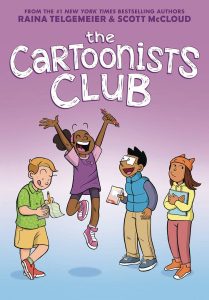
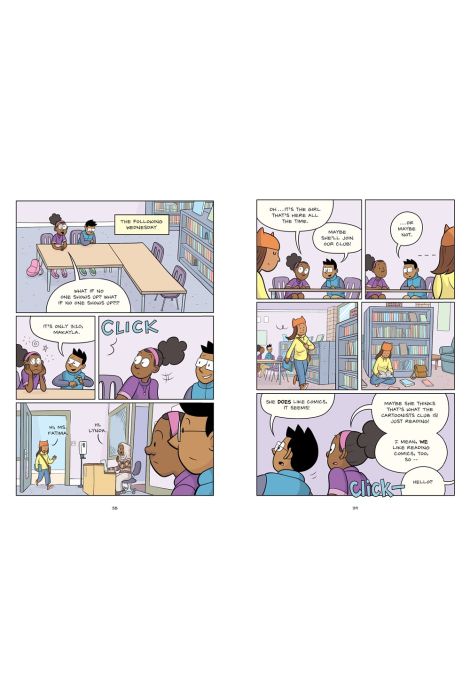
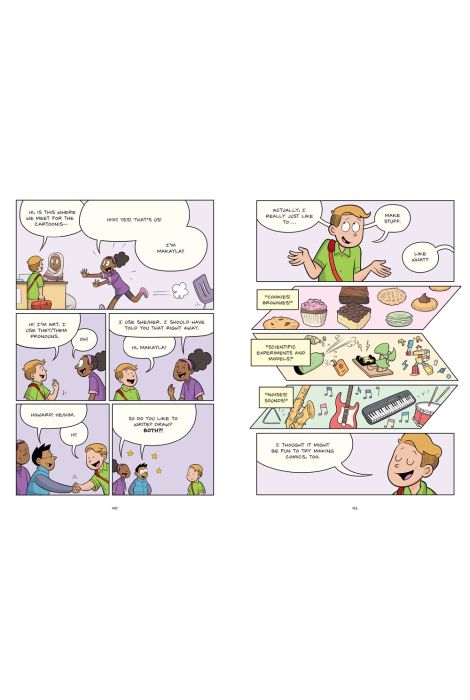
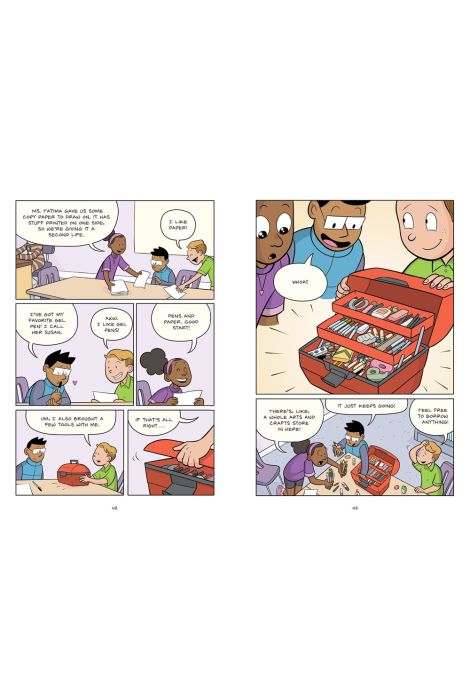











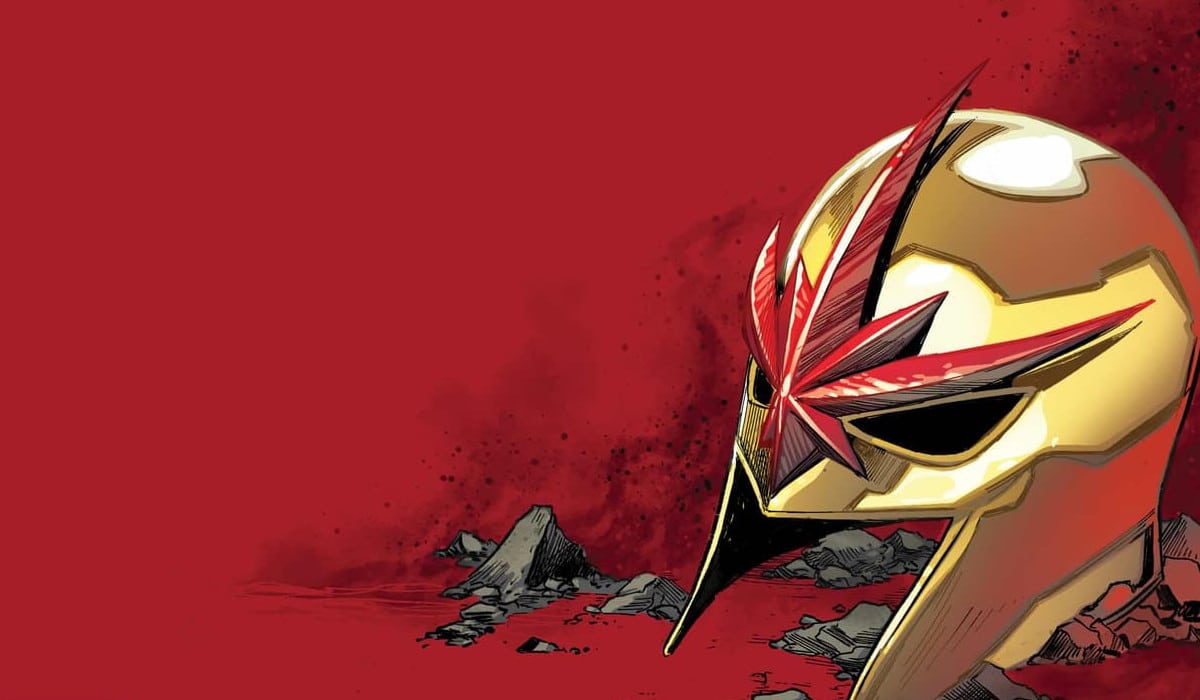
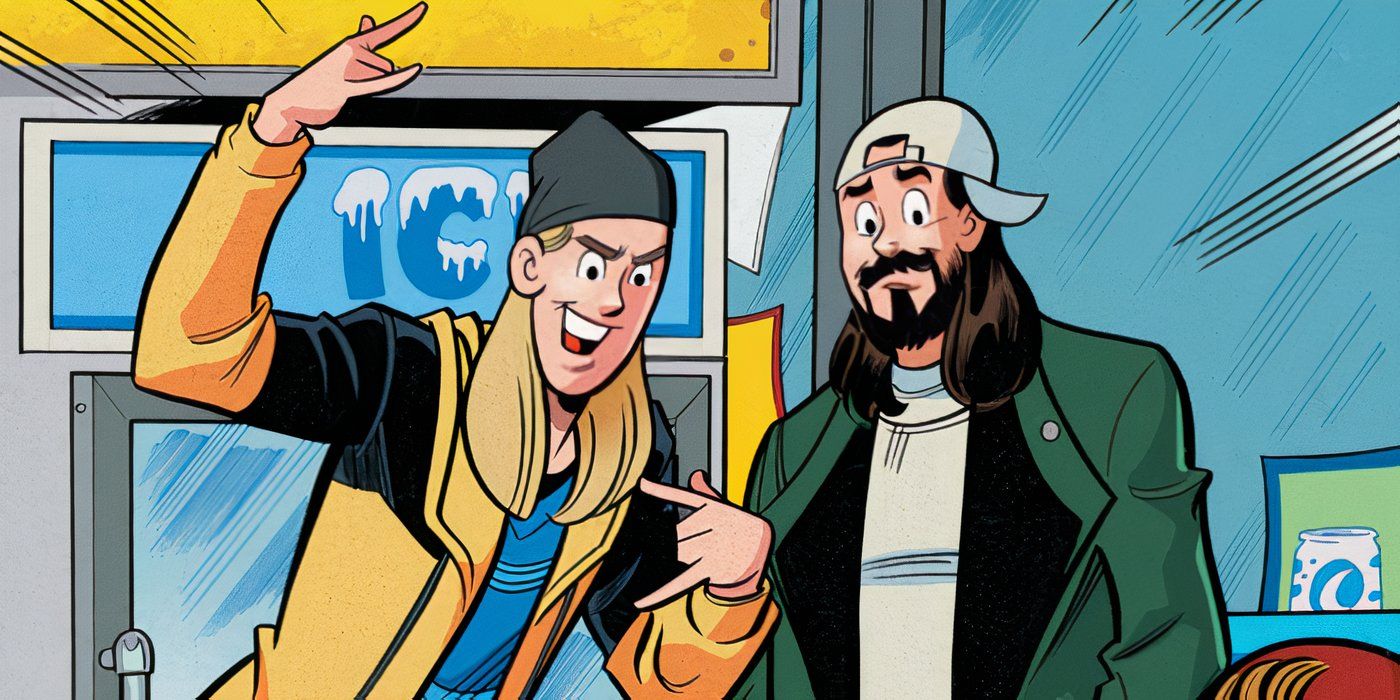
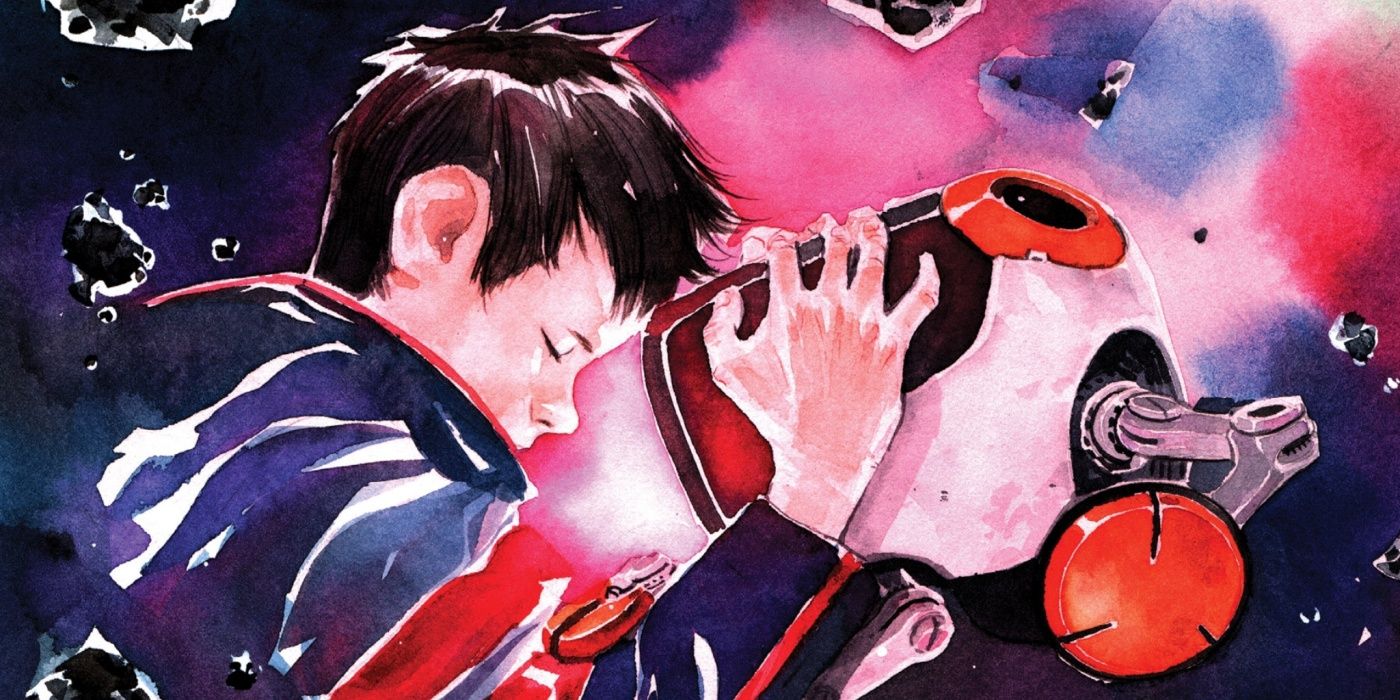

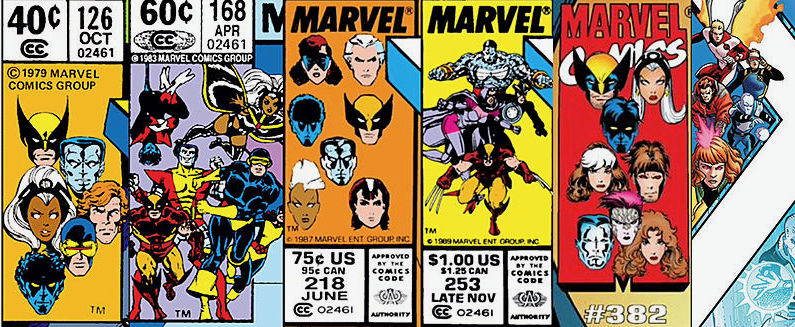



 English (US) ·
English (US) ·